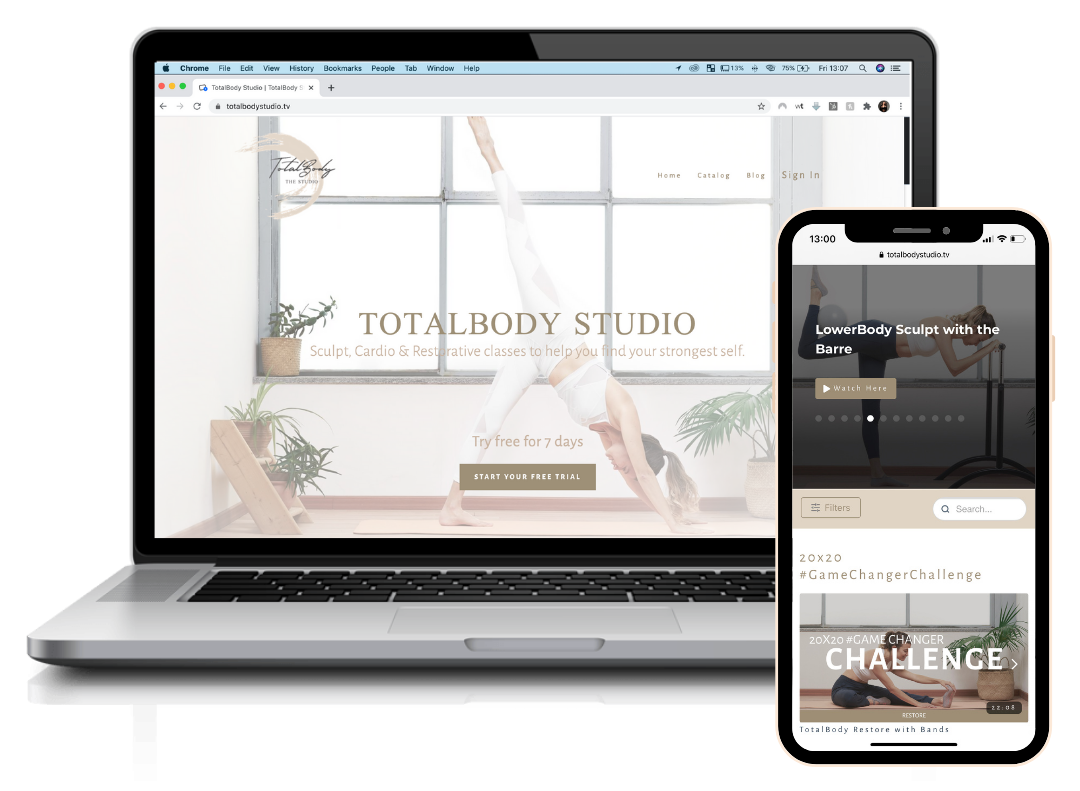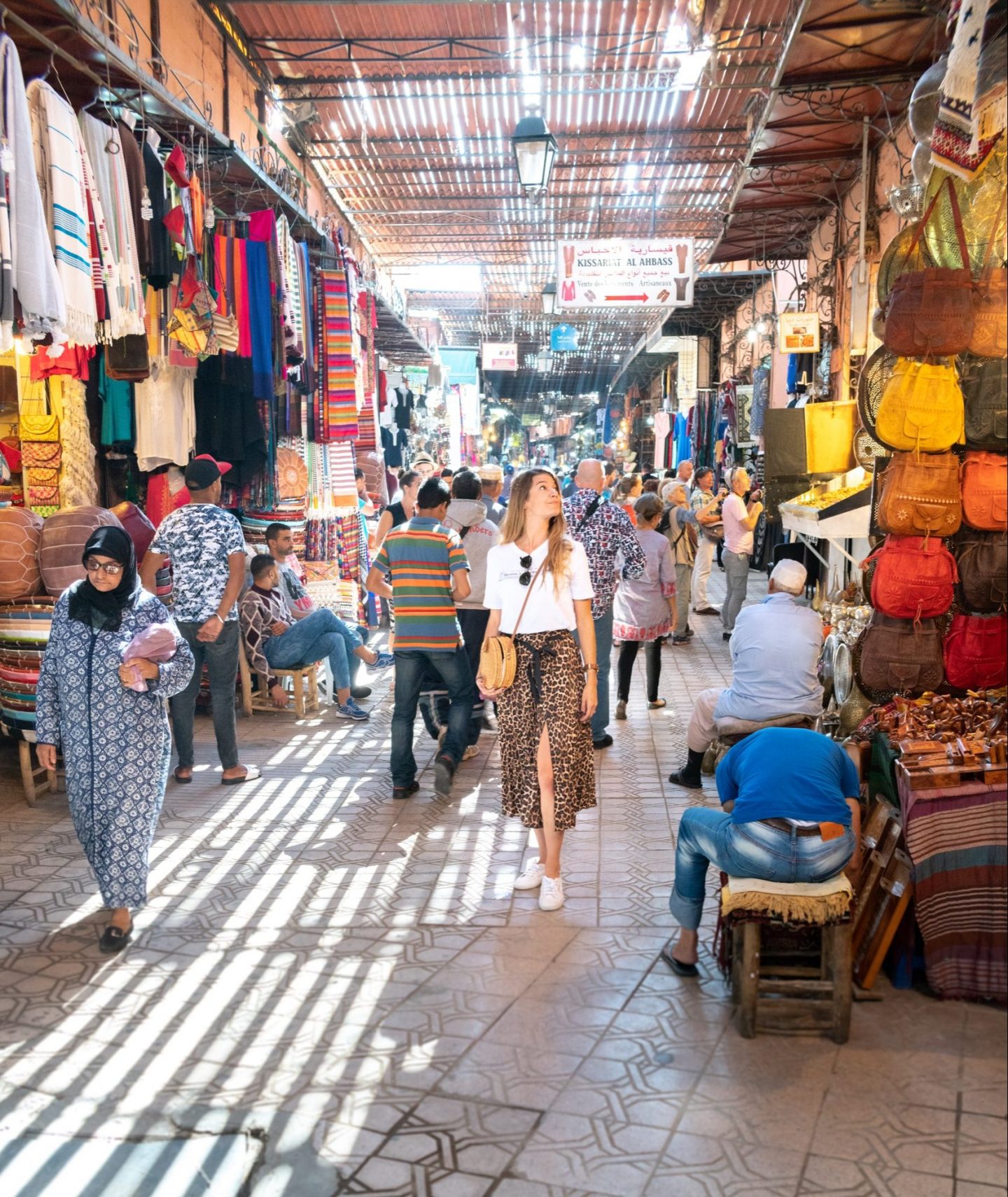
Paul and I recently came back from a trip to the Red City.
After all the wedding shenanigans I didn’t want to make a big deal for my 30th birthday and as a present I’ve asked to experience Morocco with him, and just as I suspected he loooved it!
After visiting this city now for two years consecutively, I thought I’d put together a little guide for you with my best tips to get around and make the most out of it.
Where to stay?
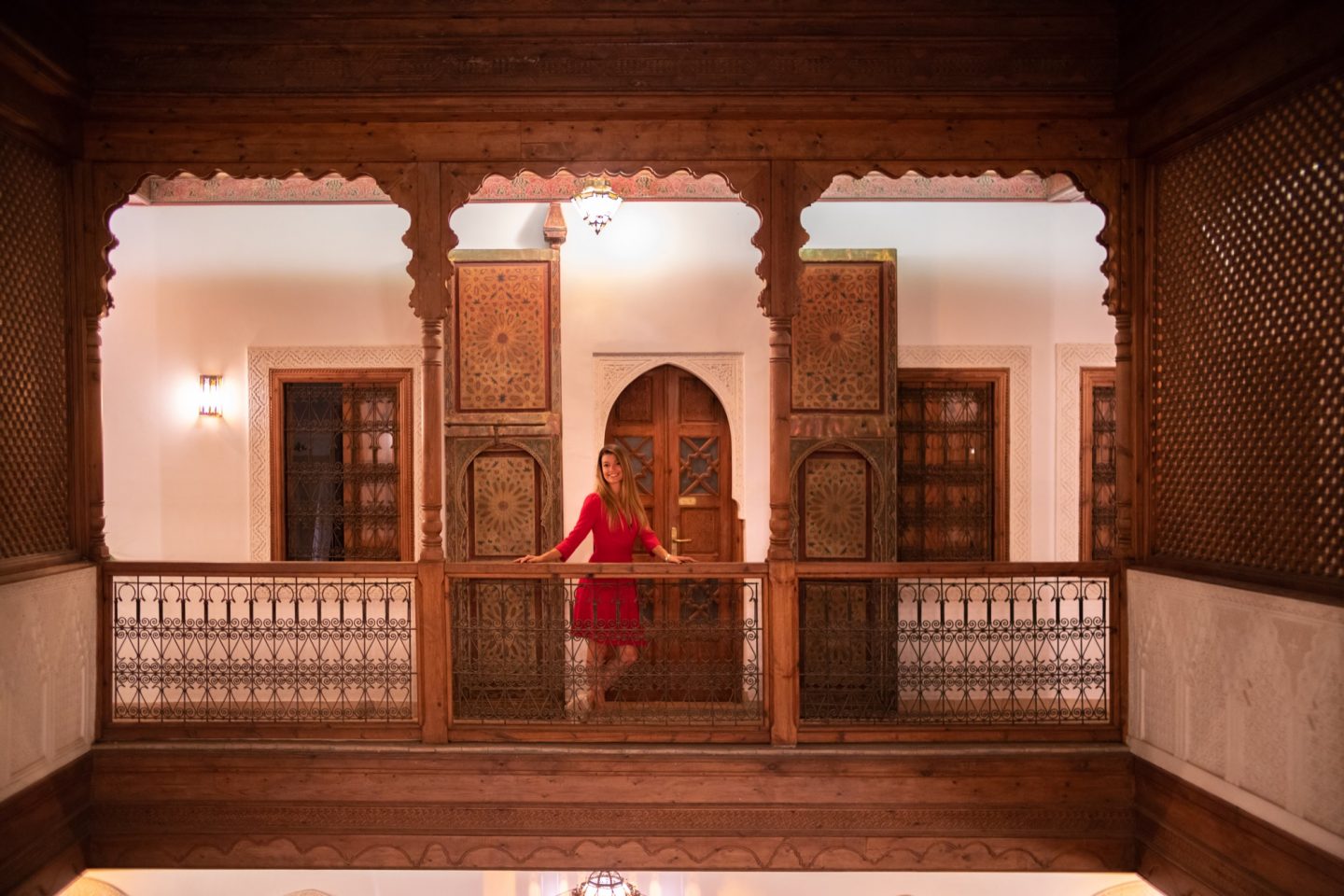
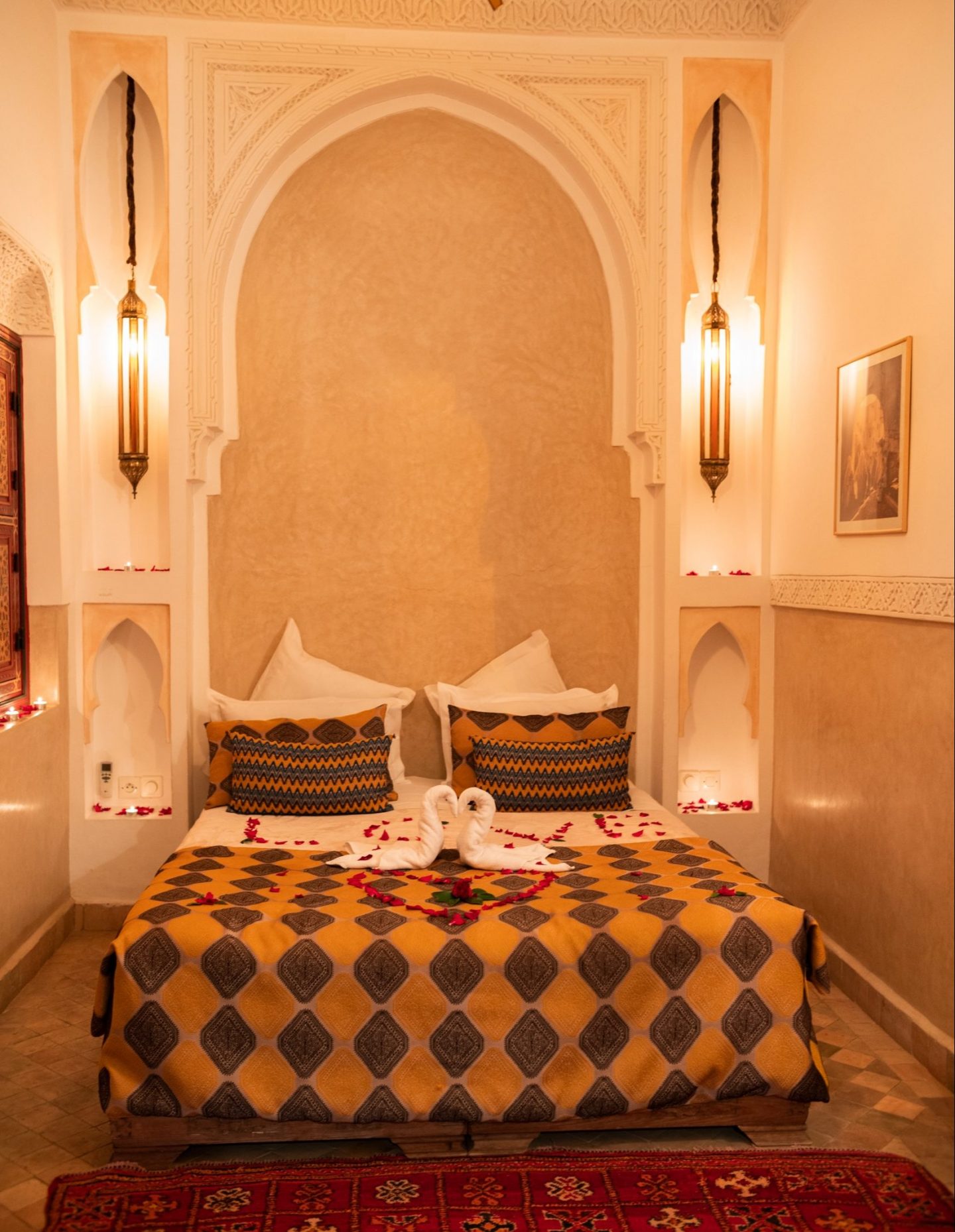 You would not have a real Moroccan experience if you did not stay at a Riad. The Riad is the Moroccan traditional house, normally with two or more storeys around a garden or courtyard. In the past Riads were the stately city homes of the wealthiest citizens such as merchants and courtiers.
You would not have a real Moroccan experience if you did not stay at a Riad. The Riad is the Moroccan traditional house, normally with two or more storeys around a garden or courtyard. In the past Riads were the stately city homes of the wealthiest citizens such as merchants and courtiers.
There are many hotels you can stay in Marrakech, but the majority of the Riads are located in the Medina, the old city and they are all highly instagrammable for their peculiar structure and intricate decor.
We stayed at Riad Melhoun and Spa, and we had a great experience. We found the hotel on booking.com and we couldn’t recommend it more. Mohamed is a great host and the whole staff was super kind and helpful. The rooms were beautiful and clean, and the main square Djemaa El Fna is a 5 minutes walk away.
Price from £40 per night.
Where to eat?
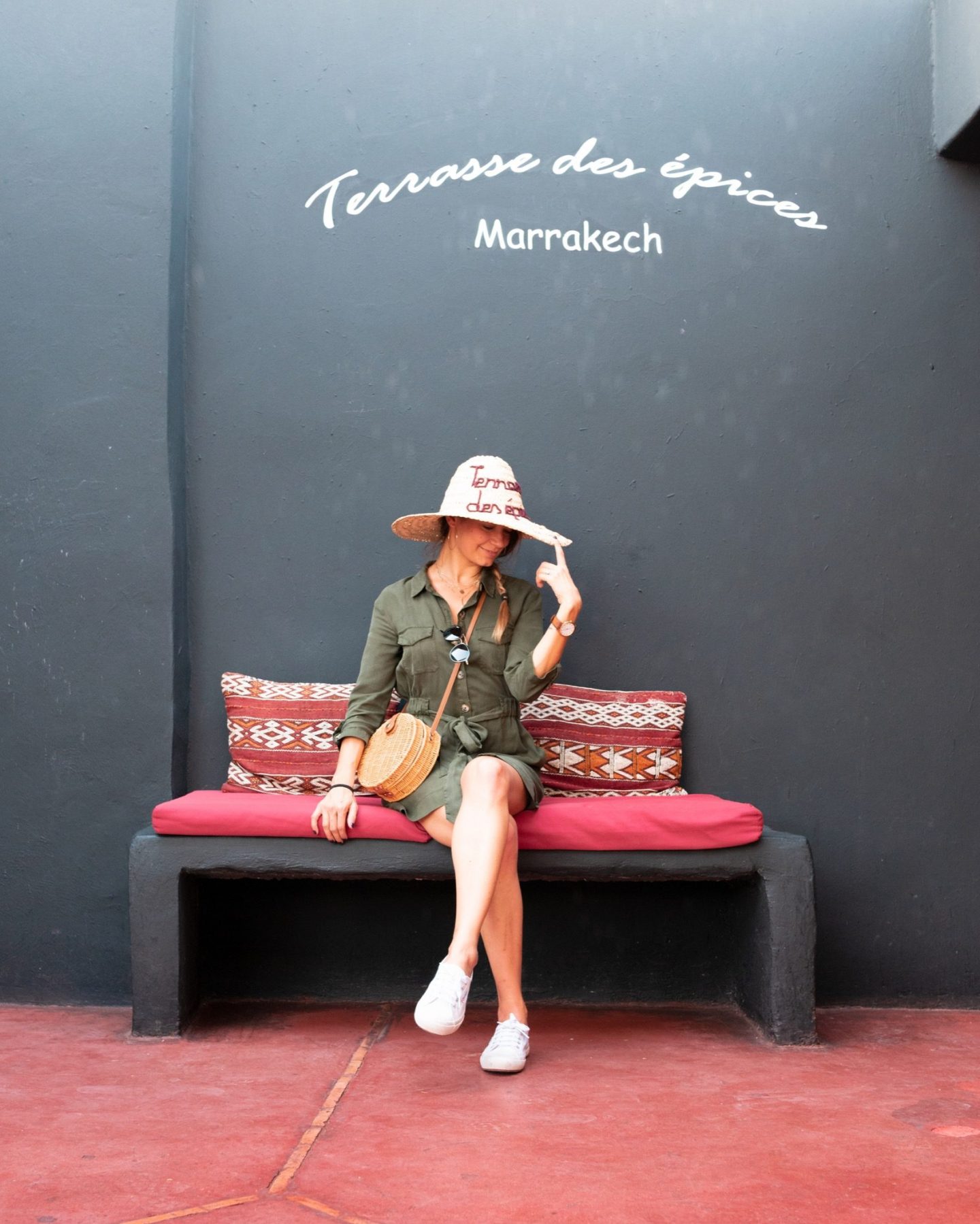
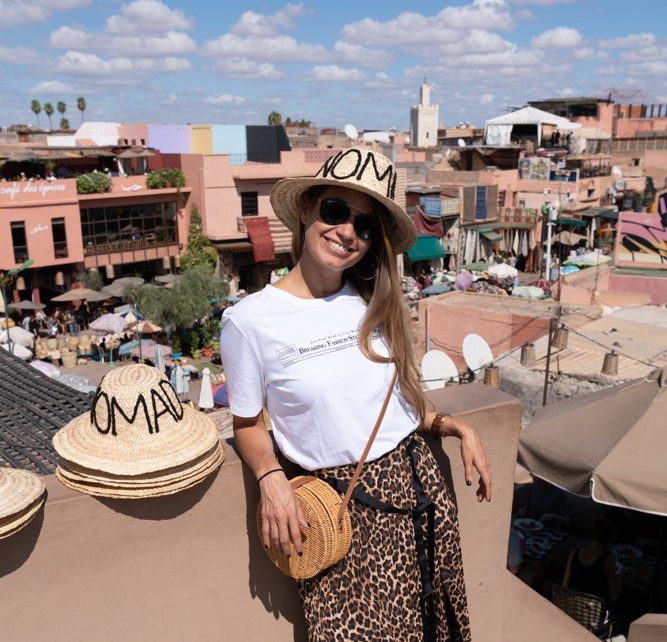
First of all you should know that in Marrakech eating on rooftops is THE thing. A trend that I love and I’d definitely adopt anywhere, weather permitting.
For lunch, I’d recommend to experience Terrasse des Epices – by far Paul’s and mine favourite for the food and the location, Nomad – great location, ok food – and Le Jardin – great food and pretty location.
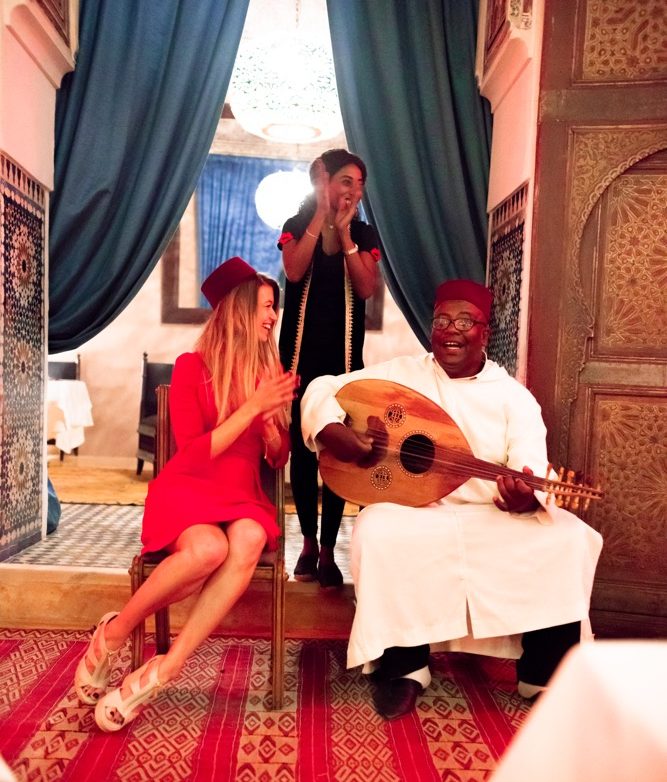
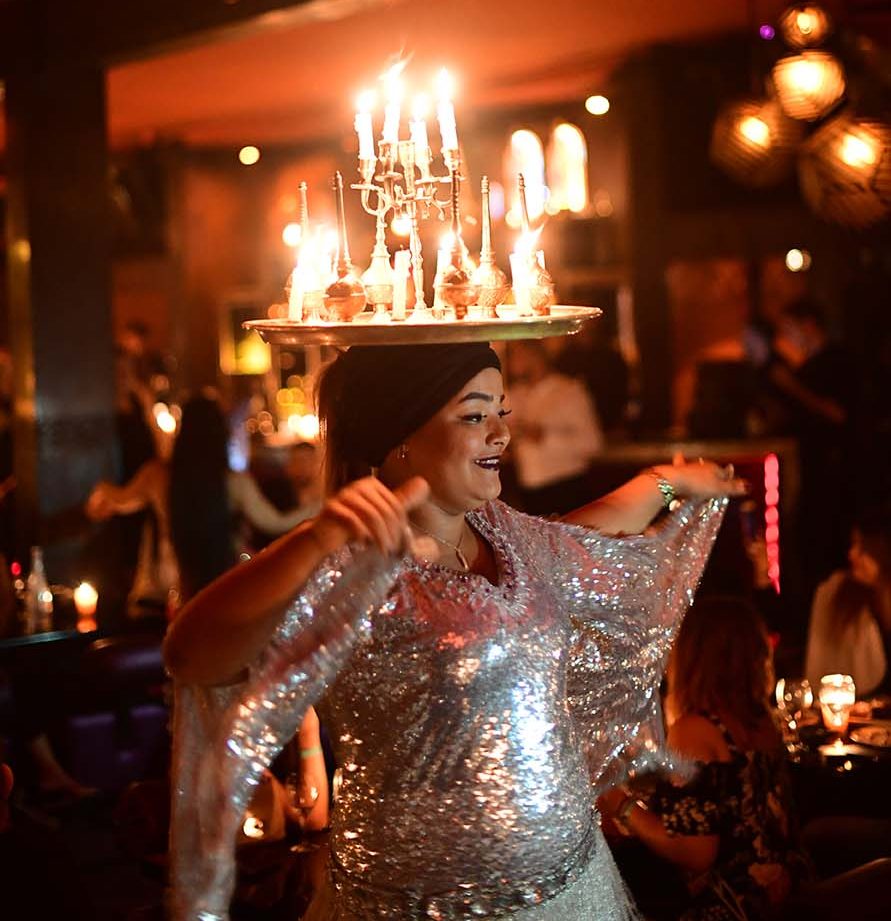
All of those places do dinner as well, but for something more special my favourites are Dar Zeliij – a perfectly romantic spot. You’ll start by having a drink on the rooftop terrace (go at sunset, sunsets are so fascinating in Marrakech!), and you’ll be dining in the courtyard or in one of the beautiful rooms which surrounds it. Expect rose petals and candle lights everywhere. If you are lucky there will be local musician playing live traditional music – delightful!
For some touristic extravaganza I’d recommend Comptoir Darna. A modern restaurant with a Moroccan twist located in the new town. Food is great and expect a belly dancer – or two – to entertain you while you are dining. Live music is in every night!
All of these require a reservation (one day in advance is enough).
What to eat?
When I travel I like to taste the typical food, for me it is an important part of the whole experience.
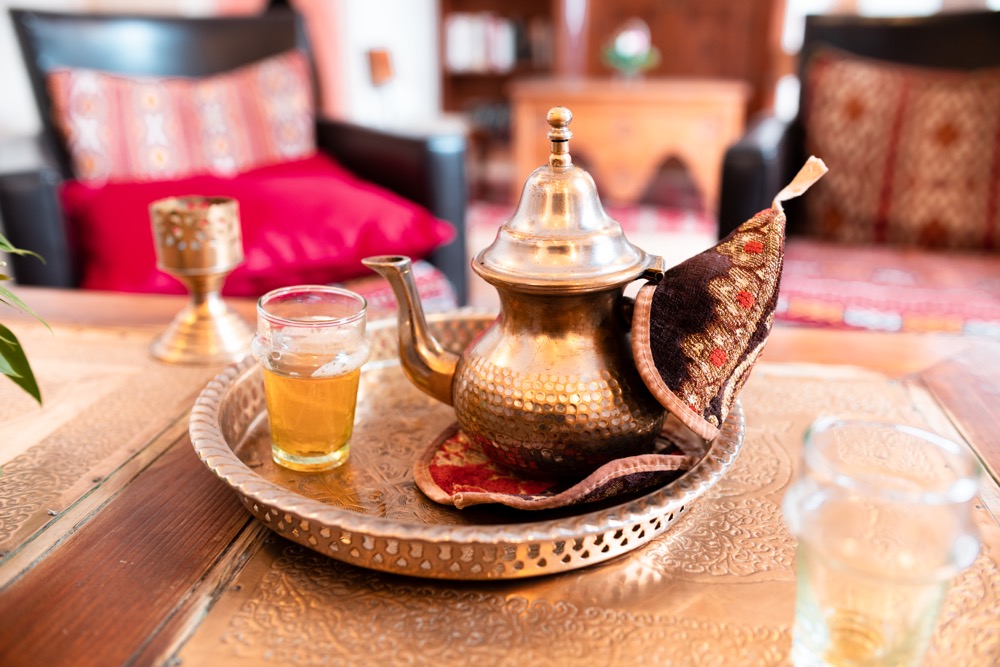
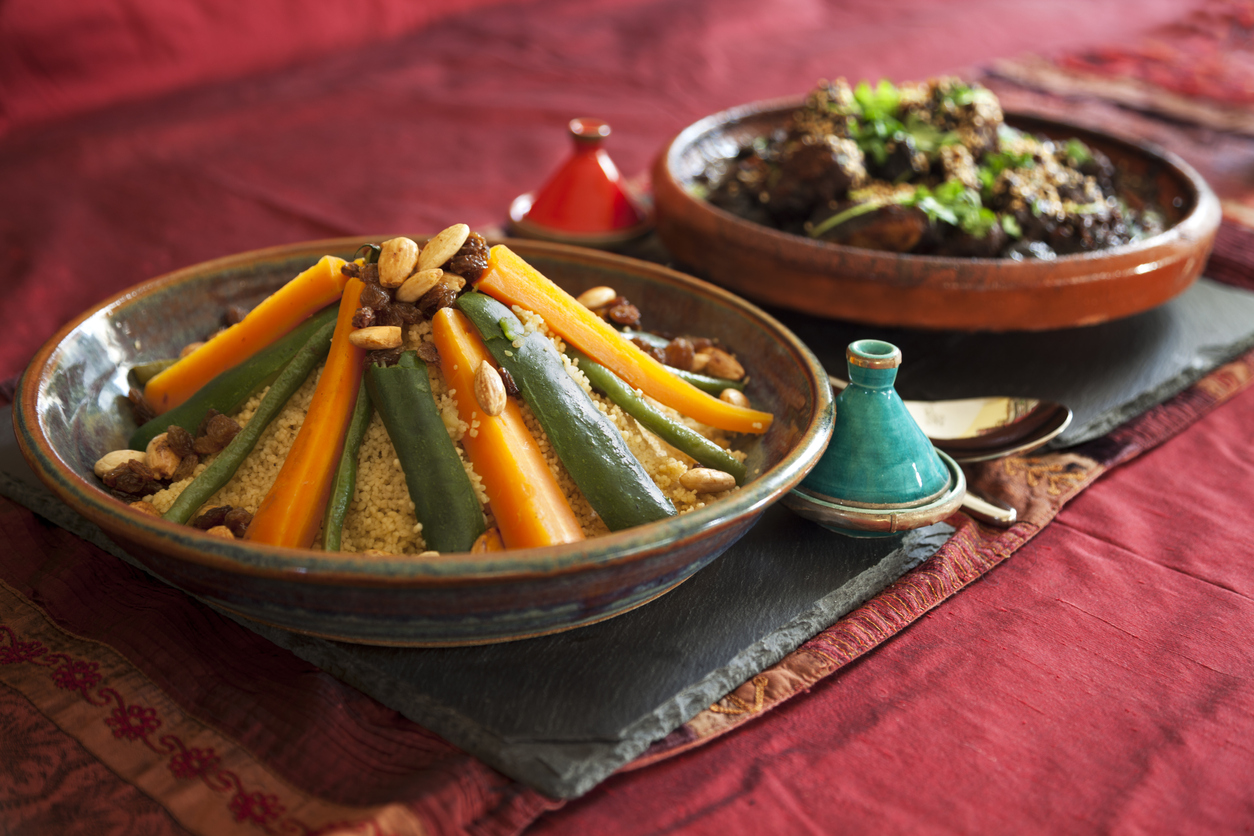
So my favourite Moroccan starter are Briouates (which I can never pronounce, so please don’t ask me to!). A briouat is puff pastry filled with meat (typically chicken or lamb) or cheese or vegetables. They come in a triangular or cylinder shape. You will notice that Briouats can also be sweet, filled with almond or peanut paste and fried, then dipped in warm honey flavoured with orange blossom water. The sweet option often accompanies the mint tea, which you’ll be served pretty much everywhere – even while shopping for rugs!
As for a main, you’ll see will be difficult to avoid to taste a Tajine. Tajines are slow-cooked stews, typically made with sliced meat, poultry or fish together with vegetables, couscous or fruit, and they take their name from the dish they are cooked in: a flat circular base unit and a large cone or dome-shaped cover that sits on it. Waiters take quite a lot of enjoyment in uncovering the Tajine, often counting down before revealing the meal.
My absolute favourite is the lamb tajine cooked with prunes and almonds. The meat is surprisingly tender and unbelievably tasty. It comes with a side dish of couscous.
If you are Vegan or Vegetarian, Couscous Royale might be the best option for you.
Also – an extra tip! – both times that I have visited Marrakech I’ve been advised not to eat street food within the first couple of days that I was there, even by locals. This is to avoid transforming your lovely holiday into a toilet trip series. I wouldn’t risk it!
What to visit in Marrakech?
The Bahia Palace
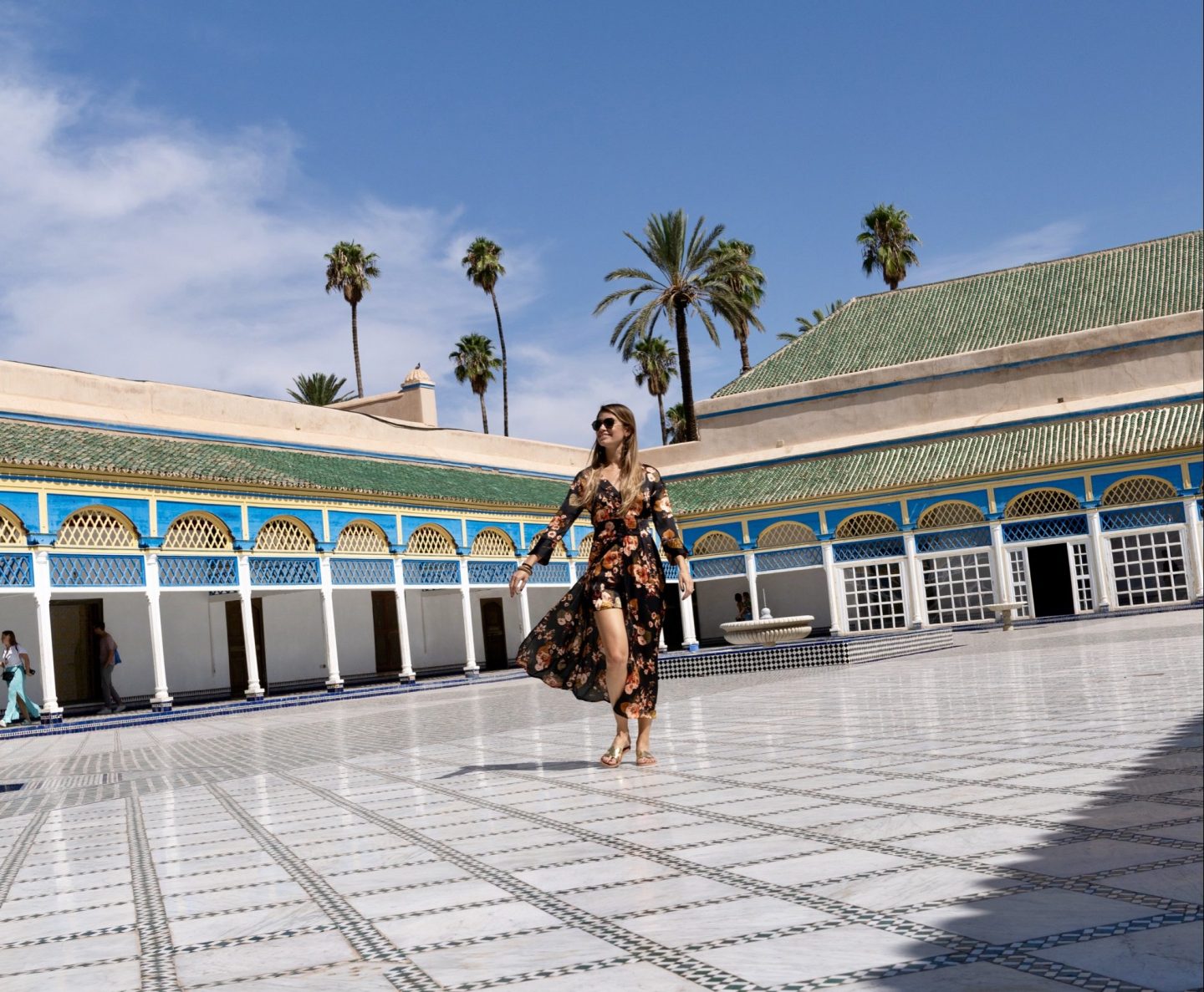
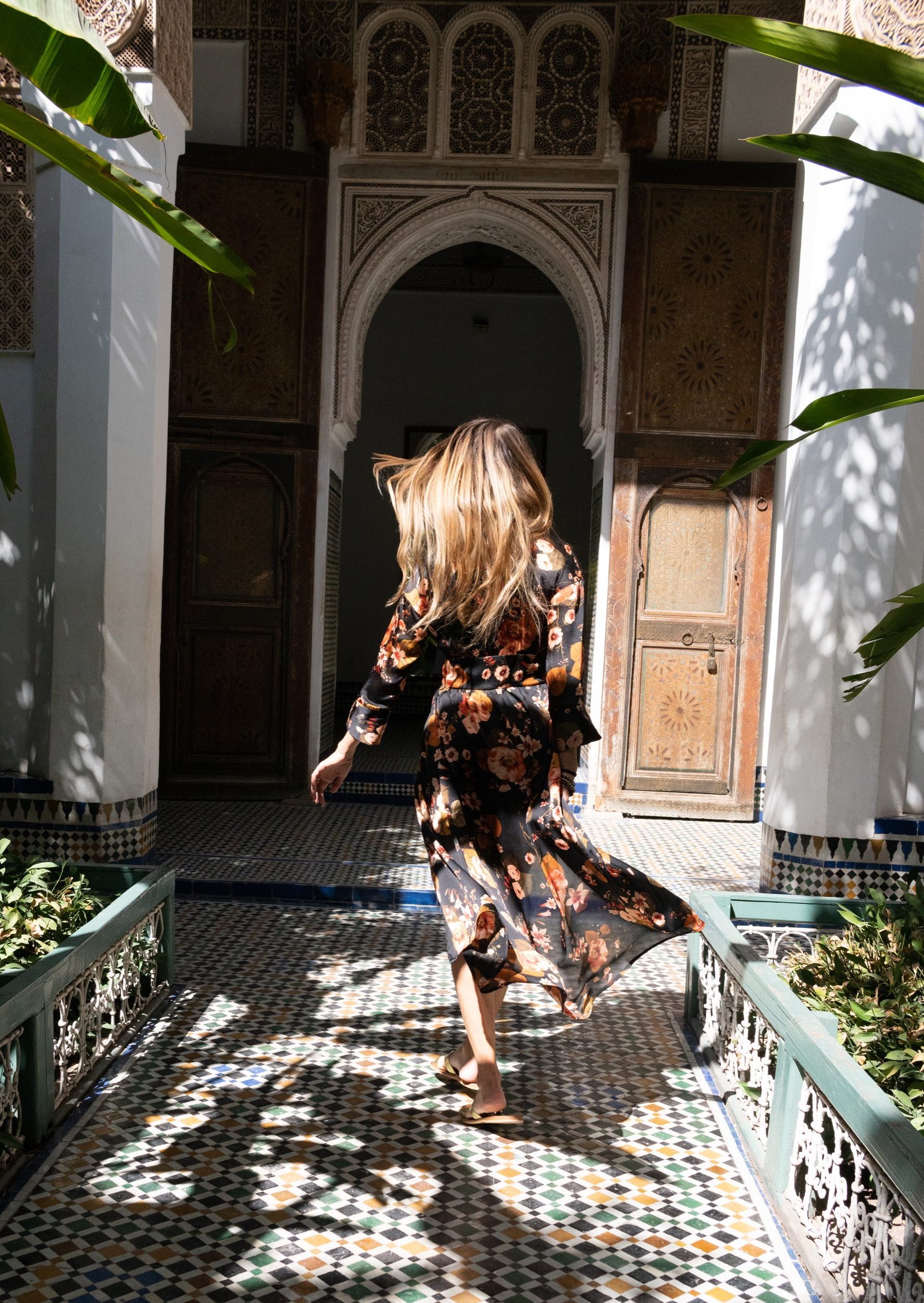
The Bahia Palace is an elaborate architectural wonder: made in the nineteenth century, it is a stunning example of Arab and Islamic architecture. We truly enjoyed admiring the elaborate ceilings, colourful tiles, and stained glass lamps. Also its peaceful gardens offer the perfect break from the chaos of the souks.
Djemaa-El-Fnaa
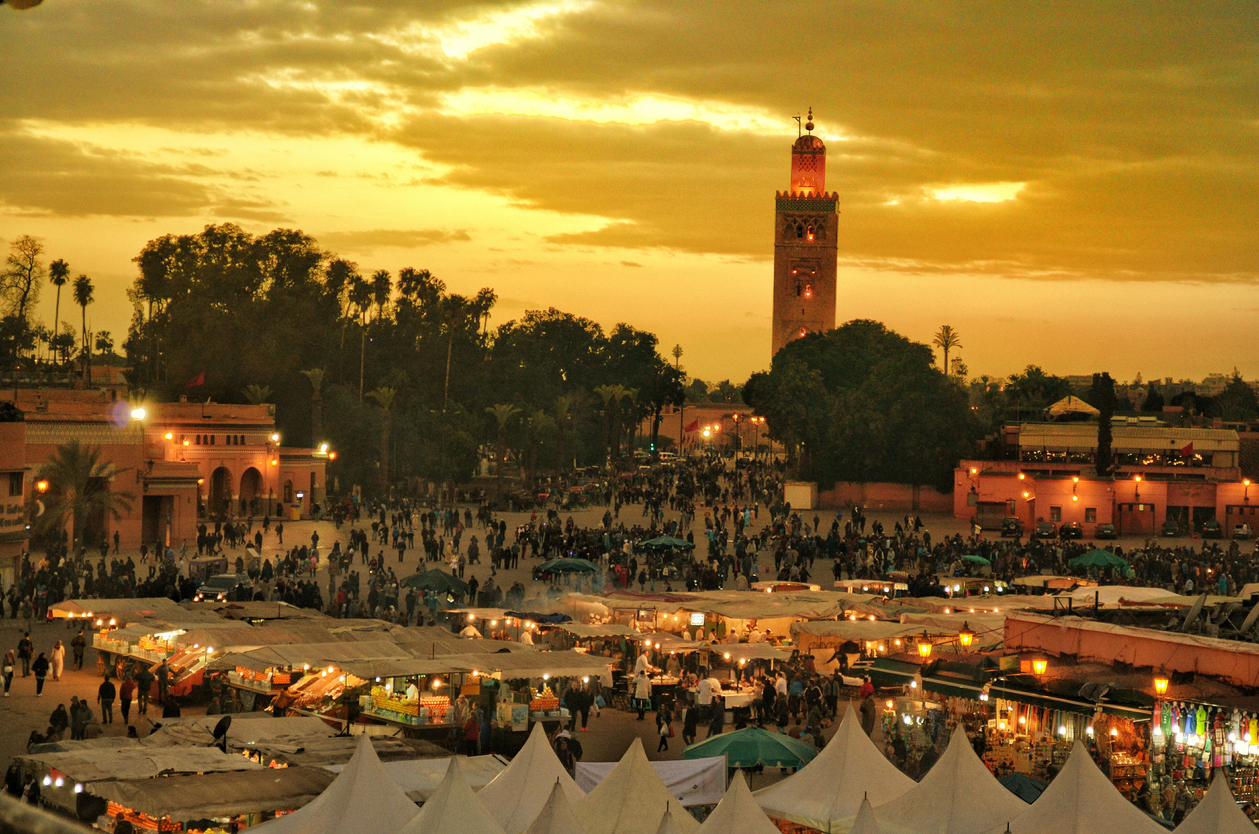
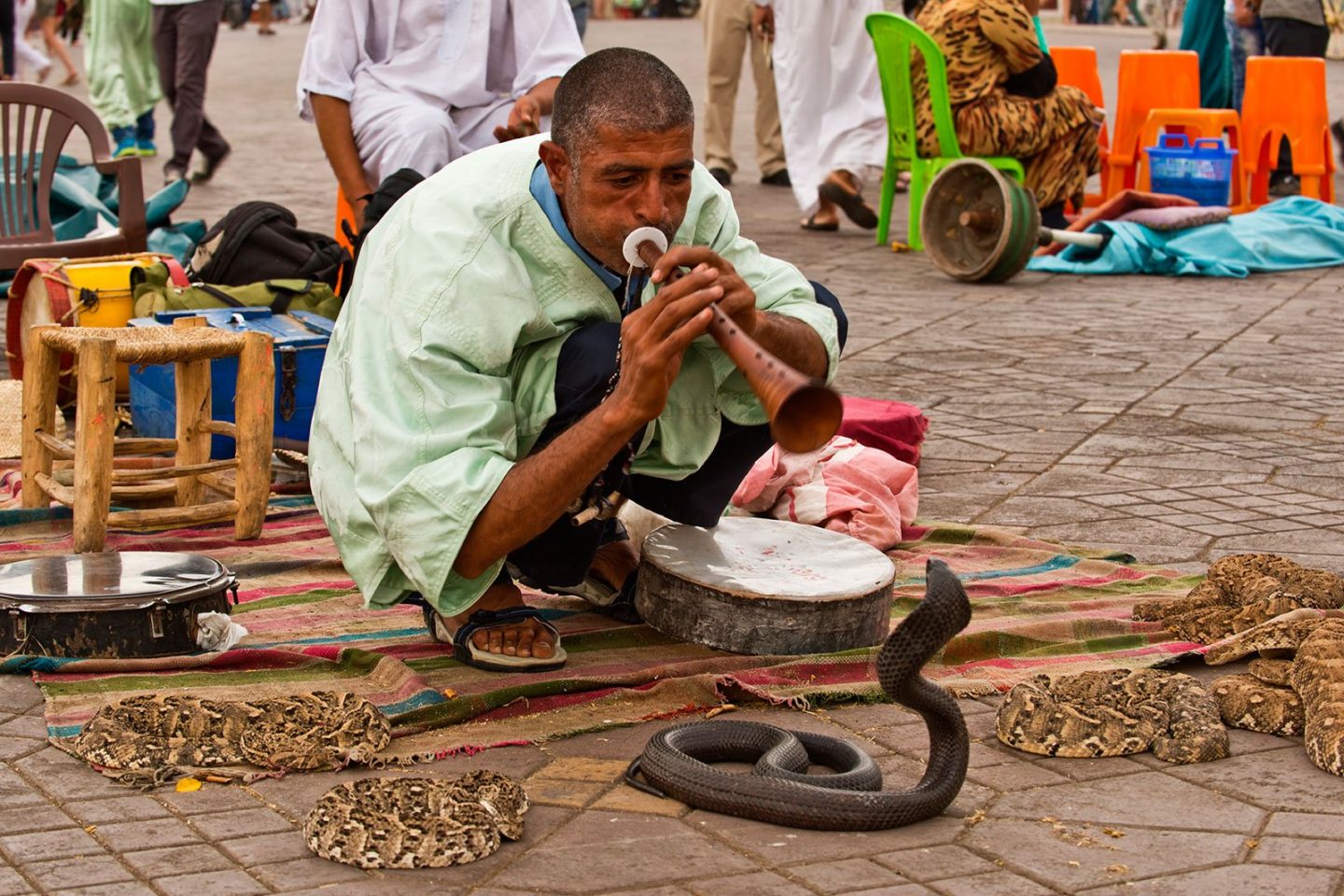

It is the apotheosis of chaos, but it just has to be done. There are people everywhere: dozens of vendors pawning their wares, wandering musicians, and the ubiquitous owners of food stalls. It is easy to get overwhelmed but one look at the magical minaret of the Koutoubia Mosque at sunset, standing tall amidst all the commotion, suddenly makes everything ok. The sharp cries of hawkers begin to seem rhythmic and the spires of smoke arising from the food market seem strangely reminiscent of an exotic fairy land.
Ben Youssef Madrassa
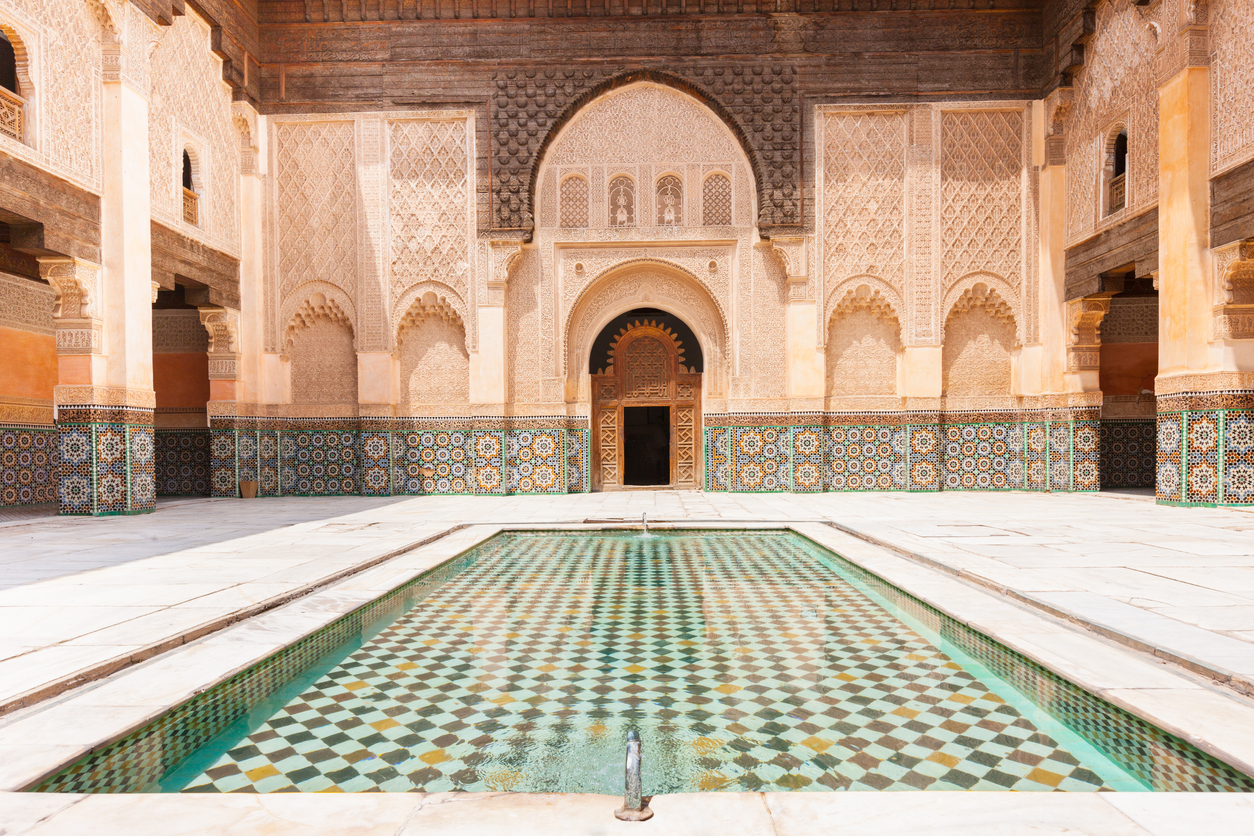
Currently closed for renovation, this ancient Koranic school is another exquisite example of Islamic architecture. Founded at the beginning of the 14th century, Madrasa became the largest Islamic college in the Maghreb region. Up to 900 students would have lived there to study law and theology. With its impressive sculptures, stuccoes and mosaics it is a masterpiece of oriental art. We weren’t able to visit it during this trip, but if it’s open whilst you are there it definitely worth taking a look.
Le Jardin Secret
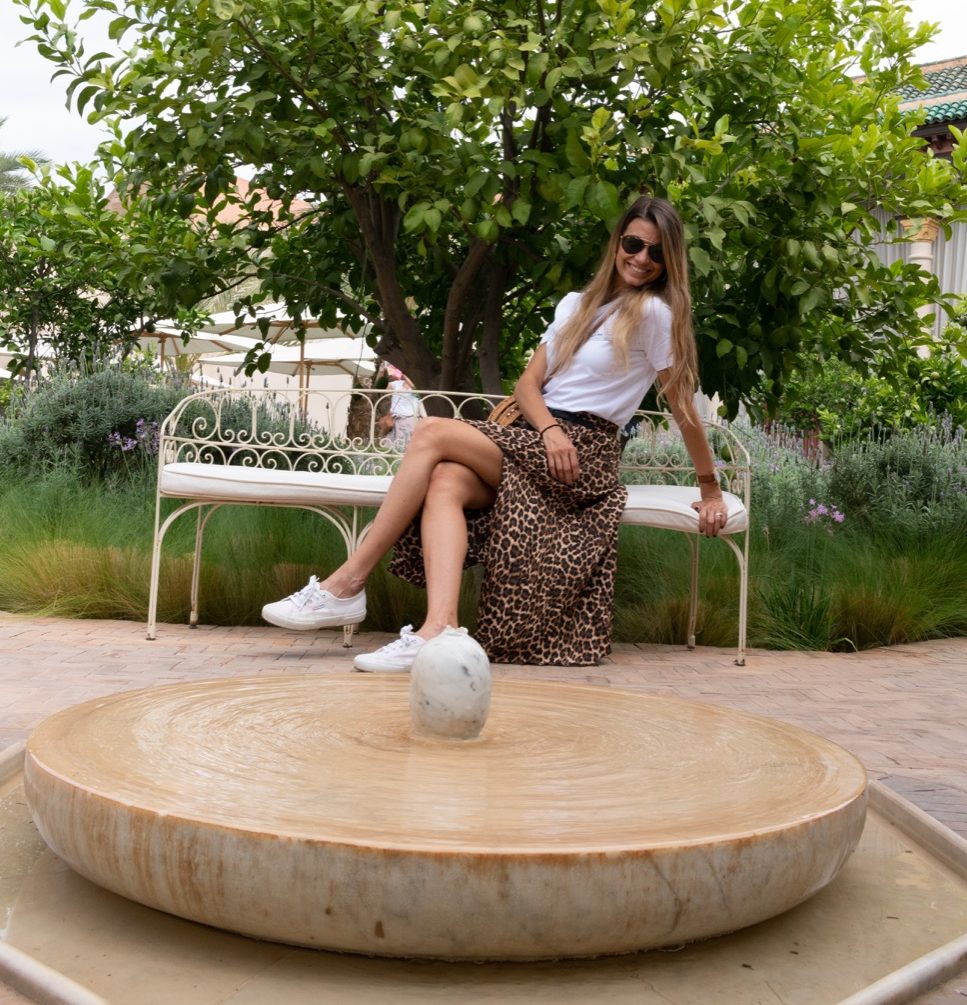
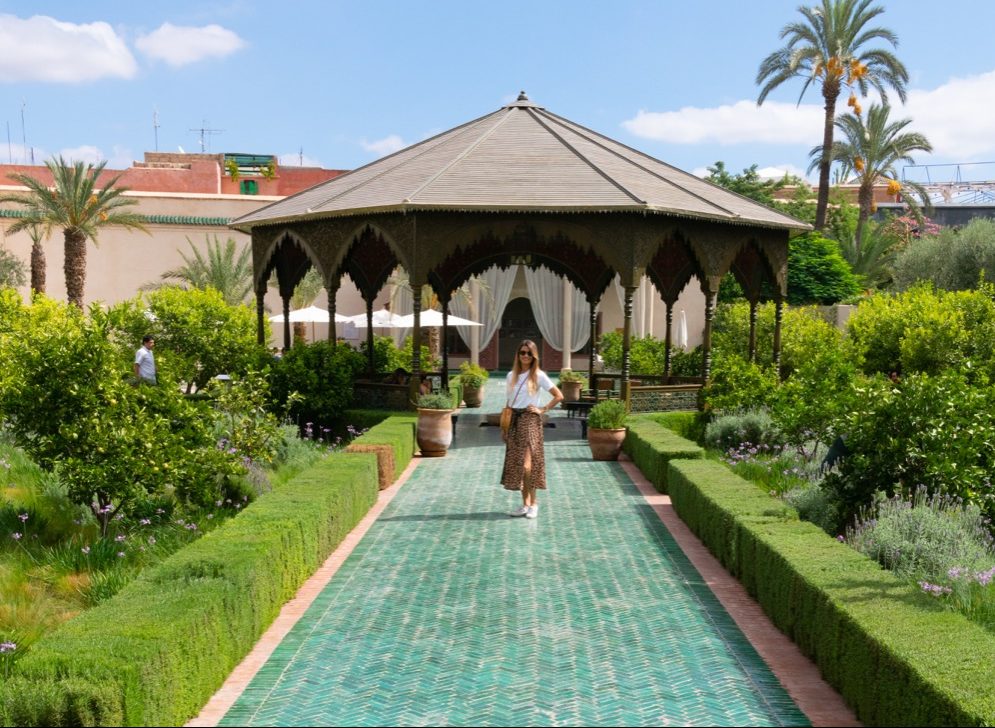
Le Jardin Secret opened its doors for the first time in history in 2016. Previously home of illustrious Moroccan political figures, this building is part of the great tradition of stately Arab-Andalusian and Moroccan palaces. The highlight of these gardens is the ingenious and complex hydraulic technique which distribute the water coming from the Atlas Mountains inside the palace to irrigate the gardens and serve the kitchens, the hammam and the many fountains.
Yves Saint Laurent Museum and Jardin Majorelle
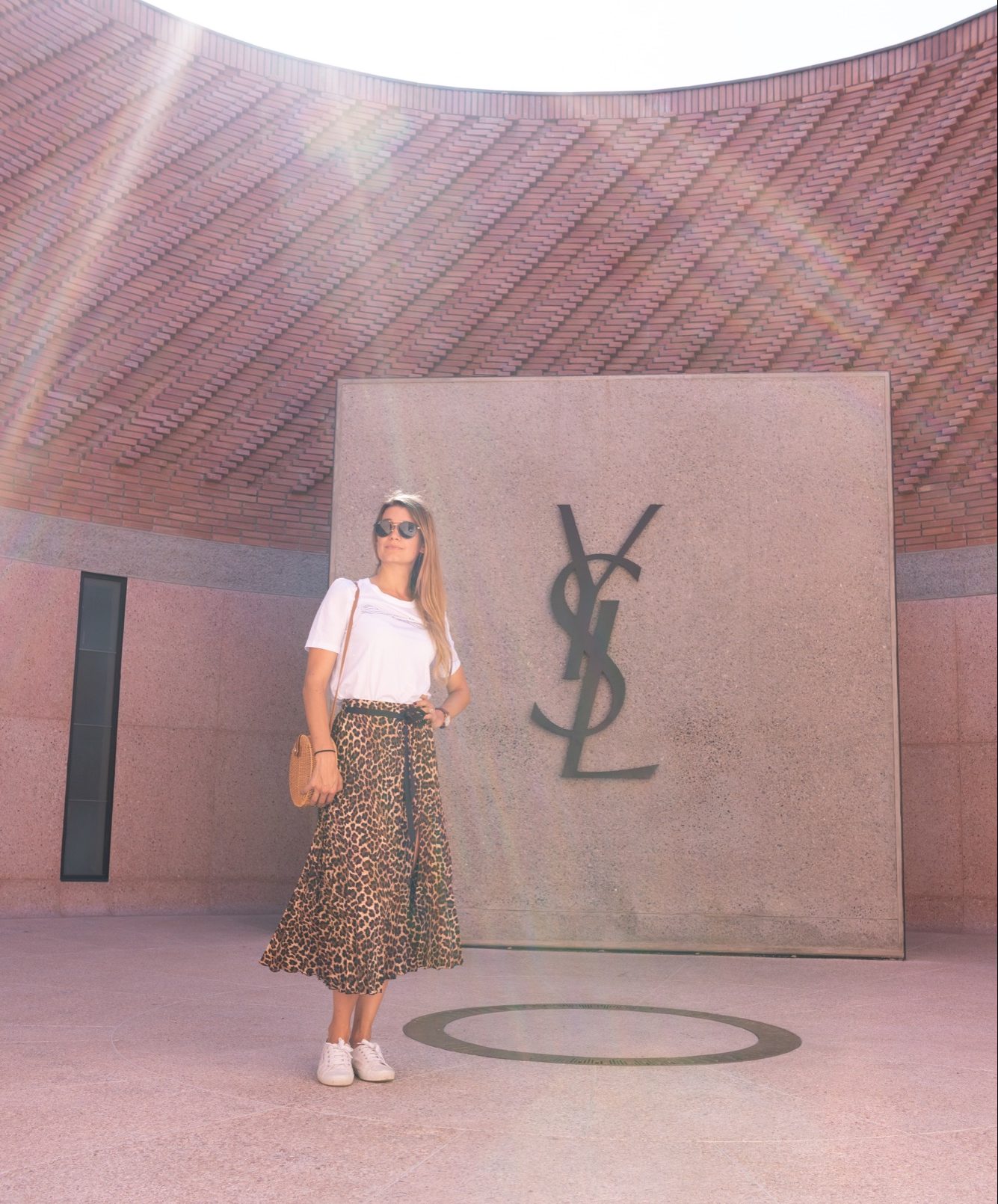
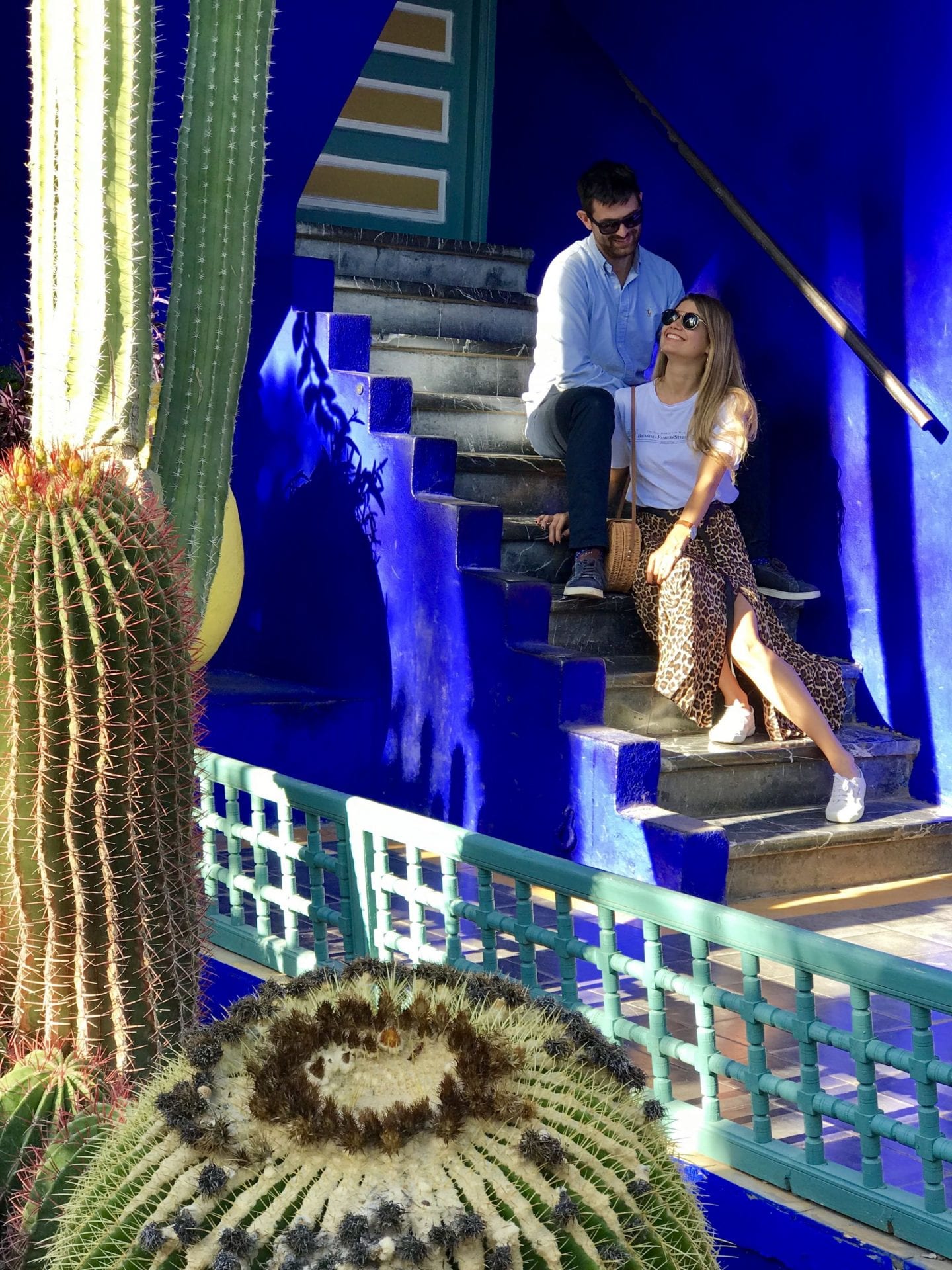
A museum entirely devoted to the work of the legendary fashion designer Yves Saint Laurent is a must stop for any fashionistas or fashion enthusiasts. It includes a 400m² permanent exhibition space dedicated to celebrate the work of the designer and its unique style.
Right next to the museum there are the famous Jardin Majorelle. Designed by the French painter Jacques Majorelle the garden is a living and evolving work of art made up of exotic plants and rare species that he brought back from his travels around the world: cacti, yuccas, water lilies, jasmines, bougainvilleas, palms, coconut trees, banana trees, bamboos… What characterises this gardens are the structures all painted in a bright and intense blue, known today as Majorelle blue. In 1980, Pierre Bergé and Yves Saint Laurent acquired the gardens to save it from property developers and brought it back to life from years of neglect. Another perfect place where to retreat from the chaos of the streets, I’d definitely recommend to visit – and to sit at the cafe in the middle of the exotic plants for a cup of mint tea or a scoop of Coconut sorbet (or two!).
What to buy and how to get around the Souk?

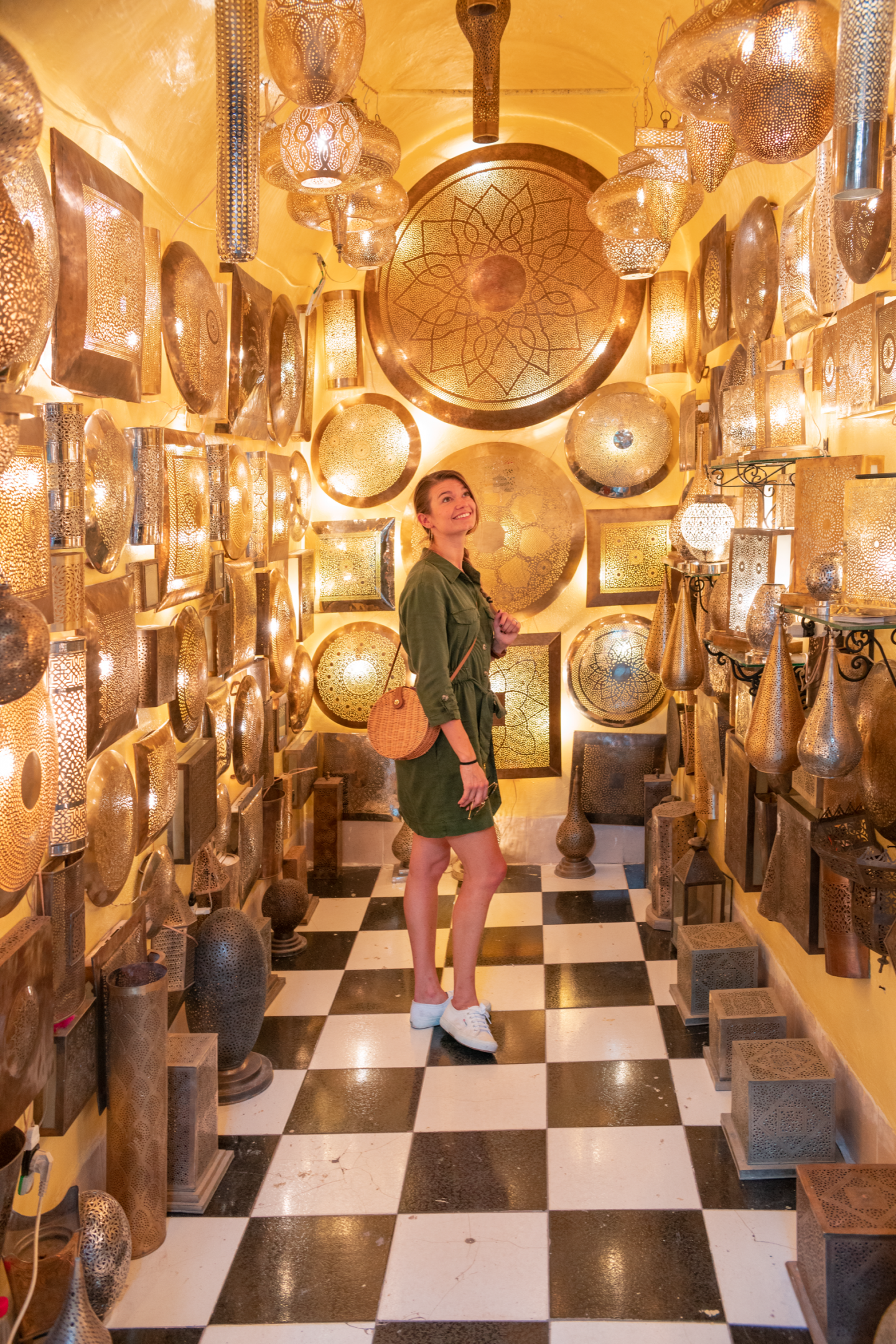
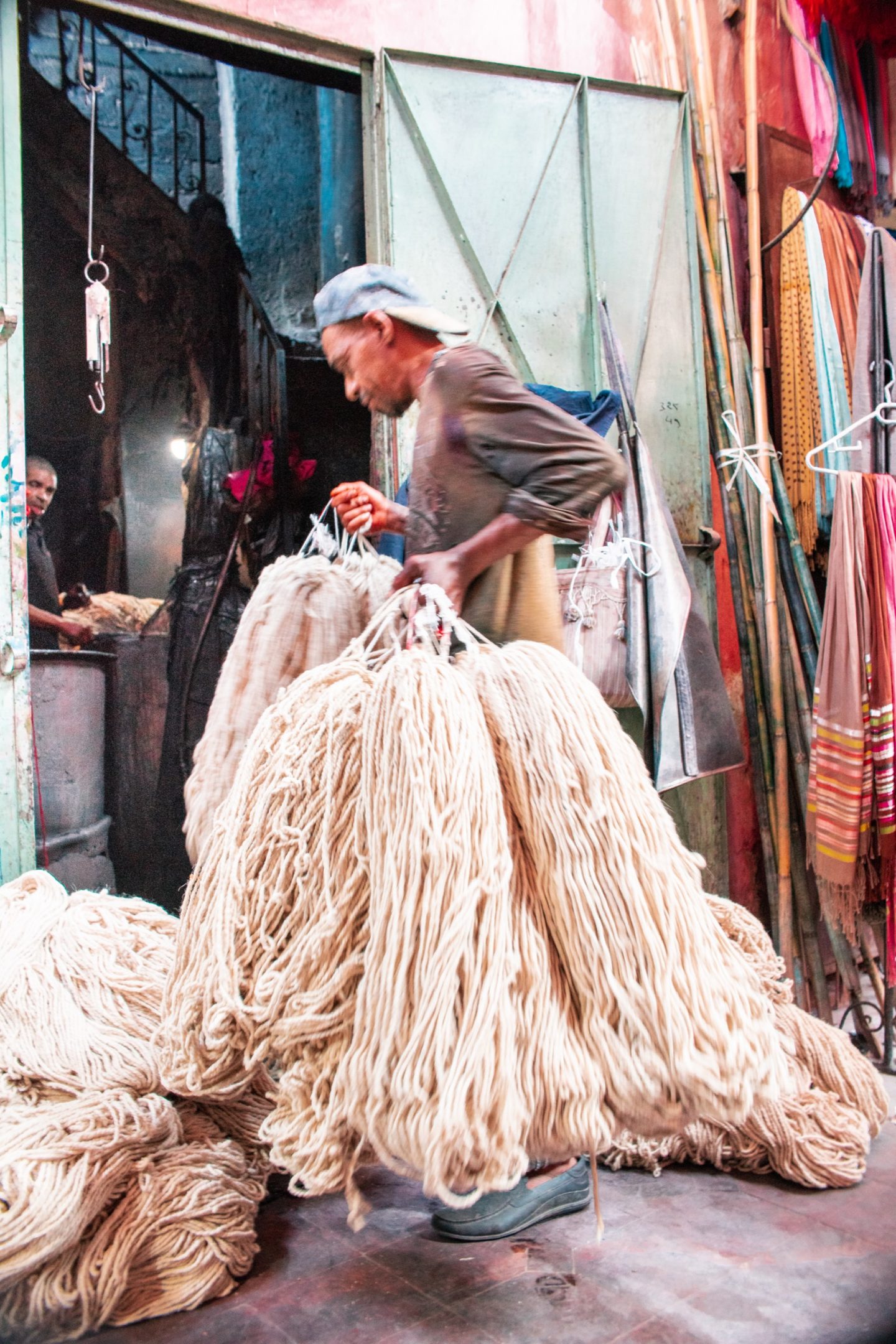
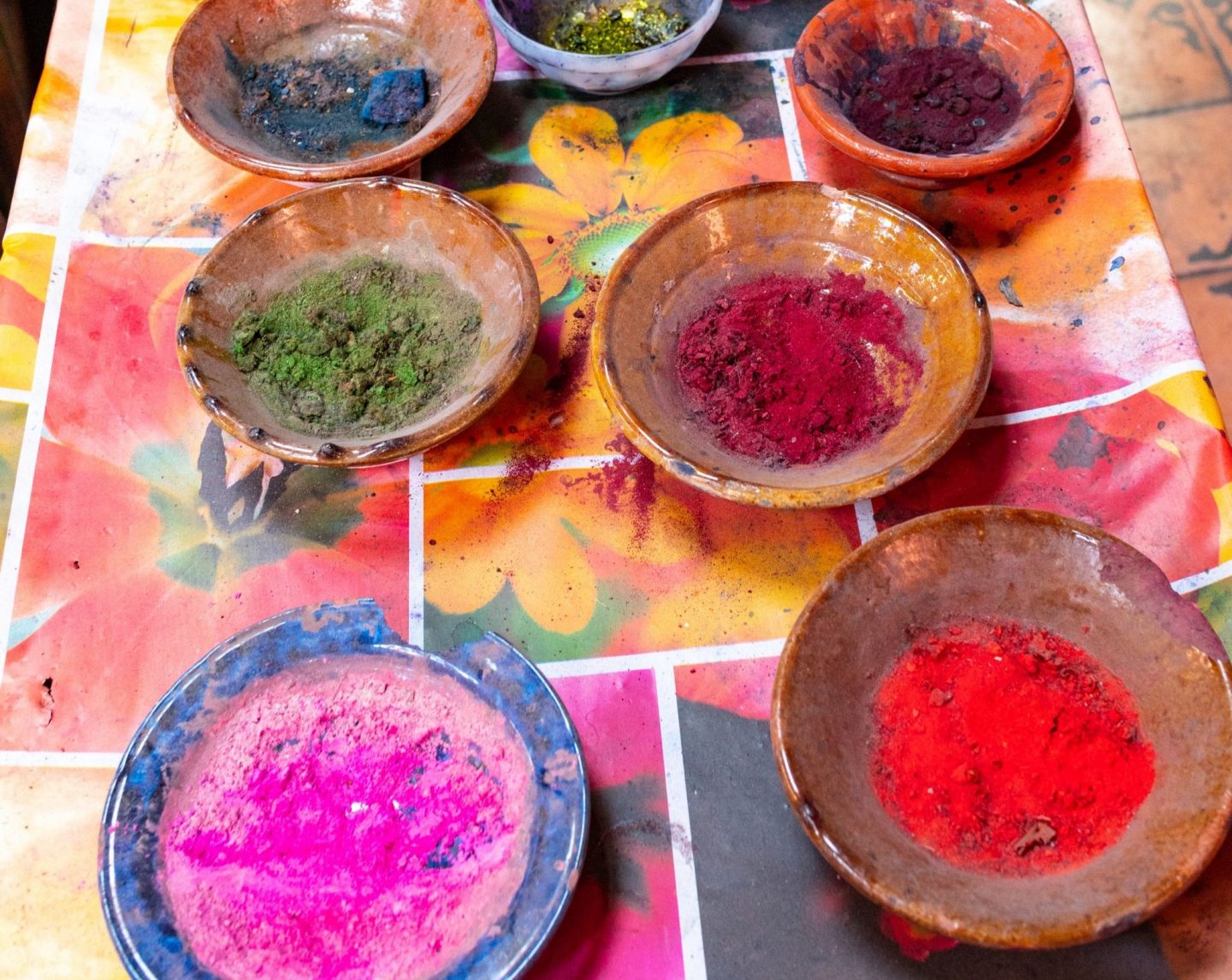
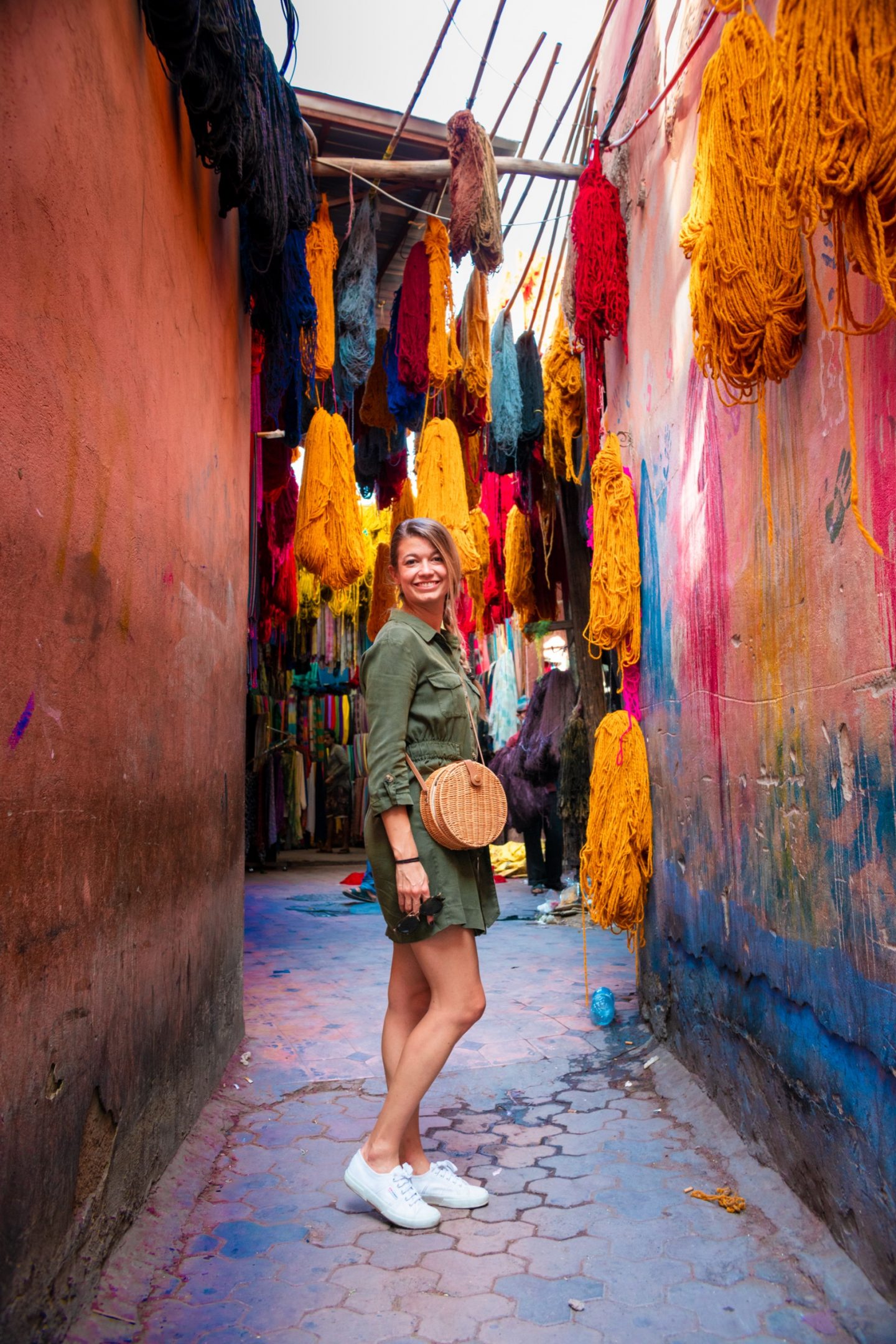
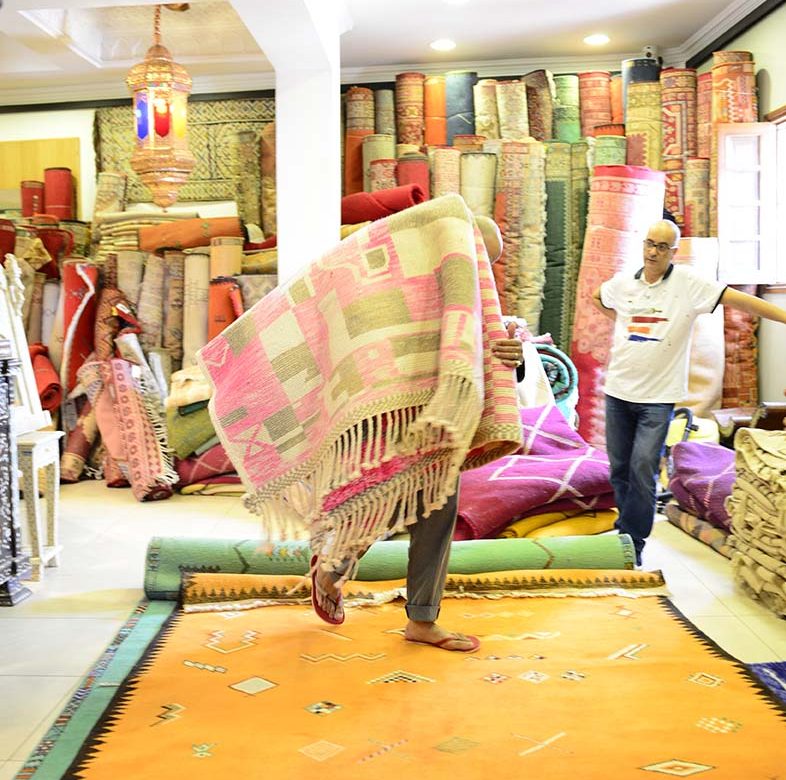
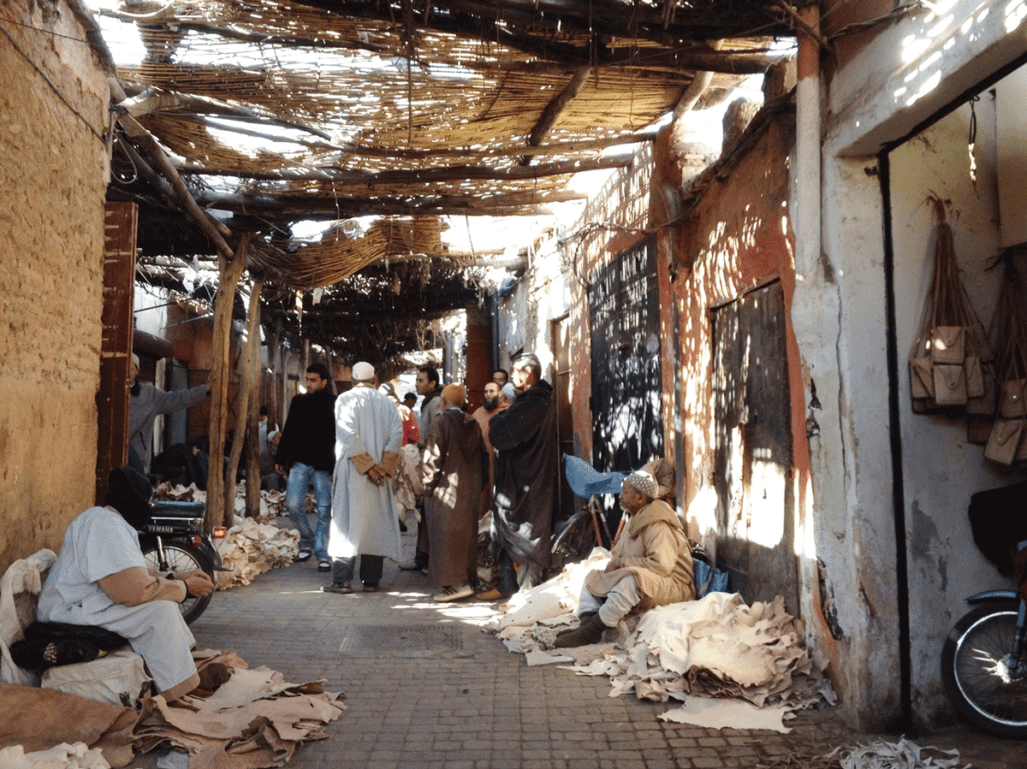 This city is so fascinating and magical, but when it comes to the markets (souk) can become a little overwhelming. So psychologically preparing in advance, might help you to get through the madness and actually come home with some great bargains.
This city is so fascinating and magical, but when it comes to the markets (souk) can become a little overwhelming. So psychologically preparing in advance, might help you to get through the madness and actually come home with some great bargains.
The top things to buy in Morocco are rugs, lamps, silver jewellery and tea pots, leather goods – leather poufs are the ultimate designer statement for your home, whereas the souk of the baboosh (Moroccan for slippers) is a definite must see (not too sure about those Aladdin style pointed shoes though), spices – you can’t really leave Morocco without some pure Argan oil – , glassware and colourful cashmere scarfs.
With all this exploring to do, here are my top tips to get around this unique maze of wonders:
- Get ready to barter for pretty much anything (a part for restaurants or hotels). Yes, even cab rides! There are no price tags in Morocco, and luckily Paul is a good barter because I’d get ripped off there otherwise – let me tell you, there are some good salesmen in the souks. You should always aim to get down to half of the price they first offer you. Also, they will always ask you where are you from, and the price might get higher if you say London or NYC, so keep that in mind too.
- Learn to say no. Moroccan vendors can be annoyingly persuasive and pressing. You will be pestered by shopkeepers on entering their stalls, or someone might try to put some henna on your hand and a monkey on your shoulder if you don’t pay extra care. It’s all part of the fun and nothing a firm no can’t tackle. Practice the perfect no with a baritone treading the fine line between firm and polite. And keep in mind: giggles and smiles just won’t do.
- Be Curious. You’ll soon find out that most goods in Morocco are handmade. From the fine detailed stucco work that you see in your Riad, to the seemingly everyday wooden utensils, from the elaborate iron lamps to the colourful pashminas. It’s fun to just walk along and see the hand-crafters at work.
- Location is key. To buy a good rug, quality leather goods and lamps, or any items which will require you to pull out your credit card, location is key. There are plenty of cooperatives scattered in the souk which offer great quality-value items. But, you need to know where they are and how to find them, so it might be worth looking into hire a tour guide or a personal shopper. They will know where are the best places and keep the scams away.
- Avoid scams!!! Talking about scams this is a big one. If you hear any of the below you are probably facing one and you are about to be asked to get your wallet out: “that street is closed“, “there’s a special market day/celebration today and I can show you”, “the place that you want to go to is closed”, “I can show you the way, no charge”, “I’ll help you get a good price”. Don’t be afraid to be impolite, don’t get angry just say your firm no and walk away.
- Embrace the chaos. Although it might seem difficult at first, try to observe what’s surrounding you and just appreciate the perfect mix of colour, energy, and vibrance. Observe the curious amalgam of people: marketers, palm readers, ventriloquists, snake charmers, performers and even dentists pulling out molars in the middle of the square. Just take a dip down in the culture and embrace it.
The labyrinthine souks of Marrakech are unlike anything you would experience anywhere else in the western world: an assault to the senses in any possible way. This can make them overwhelming, but we loved getting lost through them.
They are full of energy, real humans, stories and it’s a really enriching cultural experience.
There is so much that you can explore outside of the city too, I’ll be sure to write another post on where else you can go and you’ll be able to find it here as soon as it’s up.

